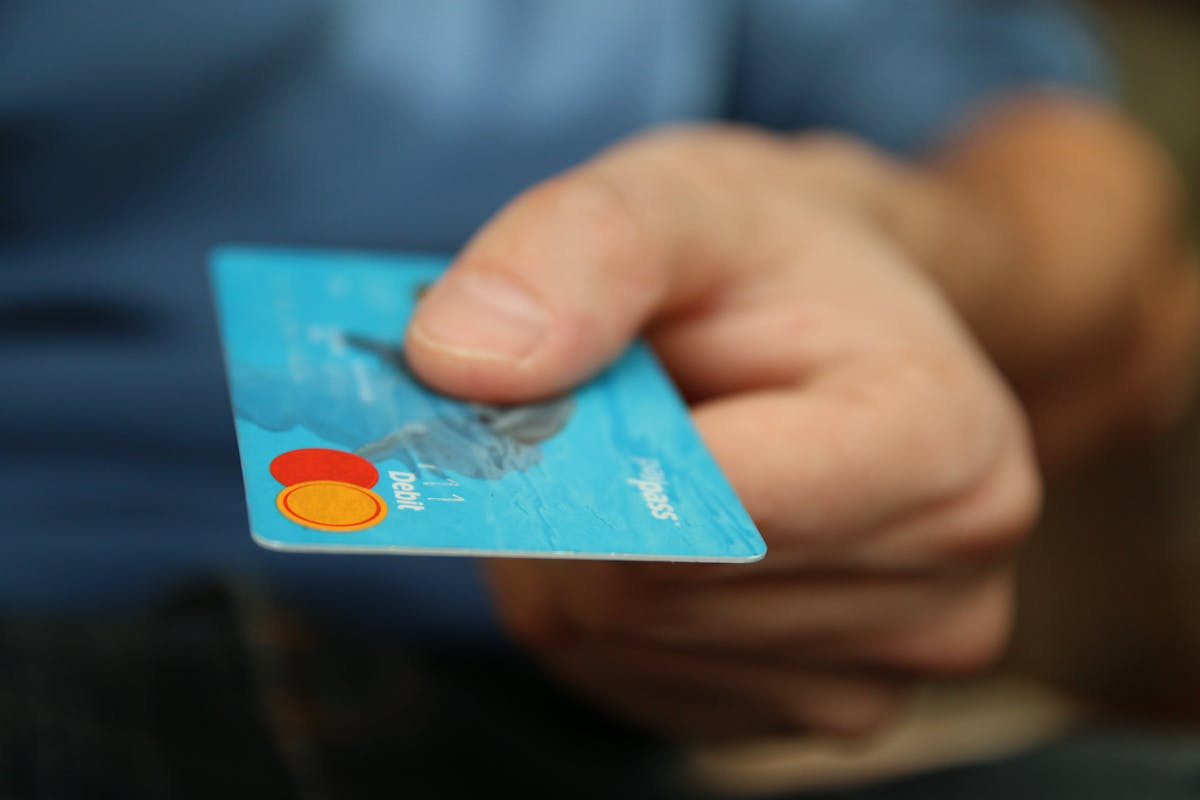A substantial quantity of obsolete money in the United Kingdom continues to go unexchanged, with nearly £6.6 billion in old banknotes and coins still not returned to the Bank of England and Royal Mint. Despite various public initiatives encouraging people and companies to swap outdated currency, many of these notes and coins remain in use—or have been completely overlooked.
The figure includes both paper banknotes that have been replaced by more secure polymer versions and round pound coins that were withdrawn from legal tender status several years ago. According to recent data, roughly £4.4 billion of the total sum is made up of old paper banknotes, while the remaining £2.2 billion consists of outdated £1 coins.
The switch to polymer banknotes started in 2016 with the launch of the plastic £5 note, succeeded by updated editions of the £10, £20, and £50 notes. The withdrawal of paper notes was necessary because of issues with longevity and the imperative to tackle counterfeiting with enhanced security measures. Nevertheless, the paper notes have not entirely vanished from wallets, drawers, or even containers stored in people’s homes. Numerous people might be unaware that these notes are no longer valid for transactions.
Although they can no longer be used in shops or for everyday payments, the Bank of England has confirmed that all withdrawn banknotes can still be exchanged at face value—either by post or in person—without a deadline. The Bank also allows some high-street banks and building societies to process these exchanges, but practices vary by institution and depend on whether the person holds an account with the bank.
A similar situation exists with the £1 coin. The Royal Mint replaced the original round pound in 2017 with a 12-sided version featuring enhanced security features. The older coins were formally demonetized in October of that year, yet millions remain unreturned. Although most major retailers and banks stopped accepting the round pound shortly after the deadline, the Royal Mint continues to accept them via specific deposit services.
The reasons for this vast sum of unreturned currency are varied. Some people may have held on to older notes or coins as souvenirs, while others may have unintentionally misplaced them. It’s also common for travelers and expatriates to retain small amounts of UK currency when living abroad, unaware that the notes or coins have since been withdrawn from use. In other cases, forgotten savings stored in piggy banks, safes, or drawers can go unnoticed for years.
The challenge highlights a more extensive behavioral trend among individuals, showing that alterations in currency appearance usually result in a delay in acceptance. When fresh designs are rolled out, numerous individuals do not instantly hurry to swap the older versions, particularly when the sums are modest or tucked away for future savings. Gradually, these gathered amounts contribute to the broader total of currency left unclaimed.
From a financial perspective, unreturned notes and coins can represent a liability on the central bank’s balance sheet. While the physical money is no longer in active circulation, the Bank of England and Royal Mint must still account for it until it is formally redeemed. In essence, the value of this unredeemed currency remains as a claim that could potentially be exercised by the public at any time.
Collectors might find that certain older coins and banknotes could now possess a value greater than their nominal worth. Unique editions or misprints—like initial polymer notes with print errors or specific commemorative coins—might command elevated prices in the numismatic market. Nevertheless, for most outdated cash still possessed by individuals, their primary worth is associated with their potential to be exchanged, rather than any added collectible value.
Both the Bank of England and Royal Mint continue to encourage the public to return or exchange outdated currency when found. This not only ensures that holders can reclaim the full face value of the money but also helps maintain a cleaner, more efficient currency system. Public awareness efforts have included online campaigns, information shared through financial institutions, and advisories from consumer advocacy groups.
For those in possession of old banknotes, the Bank of England offers a postal service allowing individuals to send in their notes with a completed application form. Exchanged amounts are typically refunded via cheque or bank transfer. Similarly, the Royal Mint provides information on how to return old £1 coins through deposit accounts or donation schemes.
Ultimately, the ongoing existence of old currency highlights the varied financial practices of the public and the lasting difficulty of updating a country’s cash infrastructure. With the rise of digital transactions and the decrease in tangible money usage, the dynamics of cash in circulation could hasten. Still, billions in obsolete coins and bills remain unutilized, silently awaiting exchange—assuming they are recalled.


